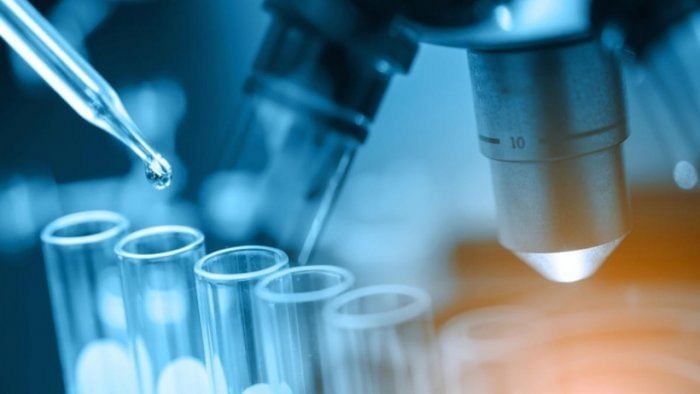
Researchers with the prestigious Indian Institute of Technology-Madras (IIT-M) have developed a structured model to help in the production of bio-cement, which is an alternative sustainable process for cementation. The new model has the potential to reduce the production of Carbon Dioxide (CO2) in the future.
The researchers believe that since it is vital to develop alternative sustainable processes to manufacture cement to reduce global Carbon Dioxide emissions, bio-cement can be a major step in this direction
Called ‘Microbially Induced Calcite Precipitation (MICP), this process is used to make bio-cement using bacteria (Ex: S. pasteurii), while the research was focused to gain a better understanding of the MICP process with a long term aim to scale up manufacturing of Bio-Cement.
The research team was led by Prof G K Suraishkumar, Department of Biotechnology, Dr Nirav Bhatt, Assistant Professor, Department of Biotechnology; and Ms Subasree Sridhar, Research Scholar, IIT-M and their findings were published in the reputed peer-reviewed Biochemical Engineering Journal.
The researchers studied the MICP process using the bacteria, S. pasteurii, and proposed and developed a structured model for the overall ureolysis processes (uptake and breaking of urea using bacteria) to scale up the MICP process, which can be an alternative to manufacturing cement.
“A better understanding of the fundamental microbial processes such as overall ureolysis in the bio-cement formation could help us design and operate bioreactors for bio-cement production in the future to replace conventional cement for some applications,” Prof. Suraishkumar said.
In the short term, the better understanding would help provide optimal conditions for effective self-healing cement applications, and soil consolidation, among other applications, he said, adding that in the long term, the better understanding would help produce conventional cement equivalent through a bio-route.
Microbially Induced Calcite Precipitation (MICP) is the process by which calcium carbonate precipitates are formed by microorganisms, which are used to produce bio-cement. The developed structured model is useful for developing a unified model of neurolysis processes with calcite precipitation and MICP scale-up studies in the future, the institute said.
The key advantages of Bio-Cement over conventionally-manufactured cement include bio-cement synthesis is more energy efficient as it requires temperatures in the range of 30 to 40 °C whereas conventional cement production requires above 900⁰C and it is eco-friendly because it has negligible carbon dioxide emission, whereas conventional cement production is a significant contributor of global carbon dioxide emissions.
Watch the latest DH Videos here: